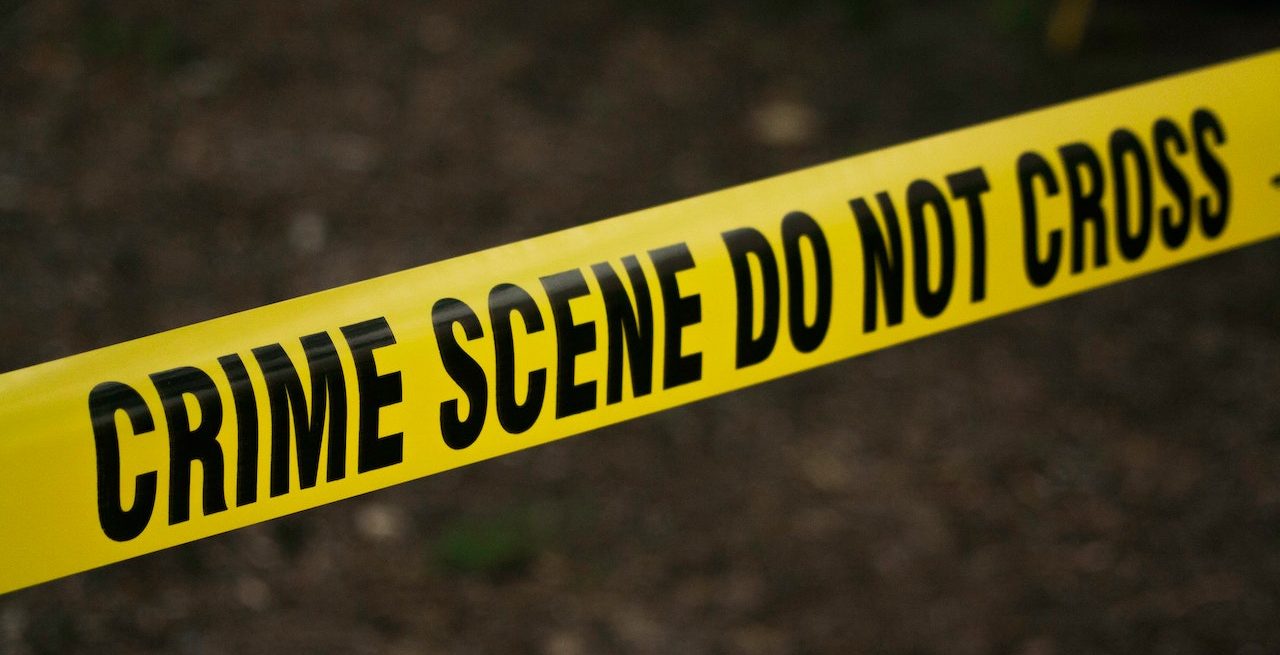Preventing Crimes in Restaurants and Bars
5 Min Read By Society Insurance
Restaurants and bars are often targets for robbery, burglary and theft, so much so that the FBI ranks restaurants as the eighth most common setting for violent crime and nearly half of cyber-attacks target small businesses. Because restaurants and bars can accumulate a large amount of cash during daily operations, they are attractive targets for criminal activity. Additionally, with late hours and lots of people moving in and out of the building, restaurants and bars are perceived as an easy target for criminals.
Here are five crime prevention tips and measures to deter criminal activity and reduce your business’ liabilities.
1. Enact Smart Money Management Policies
Even though debit and credit card payments are popular payment choices, restaurants and bars still ring up a fair number of cash transactions. The accumulation of cash during operating hours makes your establishment an easy target, so prevent crimes by keeping it safe.
Secure Your Cash On-Hand: To reduce the risk of robberies, keeping cash in registers to a minimum is a best practice.
Invest in a drop safe and keep cash in the registers to a minimum.
Employees should make frequent deposits to the drop safe throughout the day to minimize the amount of cash available at any given time. Pay particular attention to the evening and late-night hours when robberies tend to be more frequent.
Protect Your Moving Money: Transferring money to the bank can make your business susceptible to attempted theft. To mitigate this risk, make trips at varied times and through alternate routes of travel to avoid a predictable pattern. If criminals uncover a schedule, it makes it easier for them to attempt a heist on your hard-earned profits.
Control Access to the Safe: Unfortunately, employee theft is the most frequent criminal activity in a restaurant. The number of people who have access to the safe should be as limited as possible to minimize the risk of theft. When an employee leaves or is terminated, the combination to the safe should be changed so that there isn’t a chance they can return to the building and steal money or tell the combination to other people. Additional rules of thumb include ensuring that the safe combination is not written anywhere in the proximity to the safe, and the combination is always scrambled upon closure.
2. Evaluate Your Environmental Design
Ensuring that your business is unattractive to criminals can also make it safer for pedestrians, customers and employees. Consider how the following items impact your establishment’s safety and vulnerability to risk:
Landscaping: Keep shrubs and trees near doors to a maximum of three feet high. Anything higher will provide a space criminals can hide in before attempting to sneak into the building.
Lighting: A well-lit façade makes for an unattractive building to try and burglarize. Illuminate potential hiding hazards with motion-activated lighting systems or bright exterior lights that are on a timer system.
Trash containers: Exterior dumpsters should be located in a locked enclosure to minimize the likelihood of people hiding in the trash receptacle.
Surveillance: Security cameras should focus on the parking lot, back door and other vulnerable exterior locations. Not only can they provide helpful information to the authorities if the unthinkable happens, but their mere presence can help deter crime in the first place.
Roof access: Exterior ladders on the side of the building need to be secured and not provide access to the roof.
3. Invest In Internal Video Surveillance
Video surveillance isn’t just for your parking lot and back door. Installing cameras inside is another essential tool for preventing crimes and suspicious activity. To get the most out of your video monitoring system, make sure that you:
Install the Right Cameras: Different camera systems boast distinct benefits, making them ideal for specific situations.
Dome cameras provide a wide-angle view and can handle getting dirty.
Bullet cameras are small, narrow and include an infrared illuminator, which is ideal for low-light areas such as a bar.
If a large area is covered by a single camera, you’ll want to ensure the camera records video in a high resolution so you can zoom in when inspecting the video if necessary.
Make sure your surveillance system can store at least 30 days worth of footage at a time.
Make sure you understand the available camera options and which will work best for your business setting. Don’t hesitate to ask other employees for help in selecting the best camera system if you are not tech-savvy.
Camera Placement Matters: Cameras should be placed in all cash handling areas, at entrances and exits, storage areas, work/prep areas, and break rooms so staff and customers are aware they are being recorded.
Prepare Staff: Appropriate employees need to be trained in the use of the video system, including activating it, reviewing the footage and saving copies of the incident video.
4. Review Building Security
While seemingly straightforward, double-check the following safety components to ensure your restaurant or bar is set up for security success:
Check Your Alarm Systems: Conduct routine maintenance of your alarm system to ensure it works if a break-in is attempted, and that key staff members have received special training on its activation and disabling procedures.
Manage Access to Keys: Only distribute exterior-door keys to employees who must have access. Keys should be marked “Do Not Duplicate” so employees won’t be able to get copies made at the local hardware store.
Secure Your Doors: Back doors should never be propped open because it may seem like an invitation for someone to walk right in. Doors leading to the trash containers should have a buzzer to request reentry or for delivery drivers to drop off provisions, and there should be a peephole to visually verify who is requesting entry.
5. Reinforce In-House Safety and Security Protocols
Simple procedures can help prevent crimes from occurring and keep employees safe while on the clock. Review and implement these protocols for ongoing employee security:
Train regularly: Continual safety training is essential for protecting employees and your business. It will keep new and veteran employees in-the-know about the steps to follow to prevent criminal activity, and the actions to follow in case an incident occurs.
Schedule smartly: Single employees are more vulnerable targets for a robbery, so no one should ever be alone in the building. Use a buddy system during opening and closing procedures to check for security-related problems and ensure employees get to their vehicle or ride safely at the end of the day.
Closing protocol: Staff should follow a detailed checklist to ensure the building is as secure as possible while finishing nightly responsibilities, including locking all doors once customers have left, checking bathrooms for “stay behinds,” and not allowing anyone back in the building after hours.
You work hard to build your business and provide an outstanding experience for your customers and employees. Don’t let criminals ruin that. Following these crime-prevention tips can keep your business, your customers and your employees safe.
This information is provided as a convenience for informational purposes only. It does not constitute legal or professional advice. It is provided to assist you in recognizing potential unsafe work problems or conditions and not to establish compliance with any law, rule or regulation.


